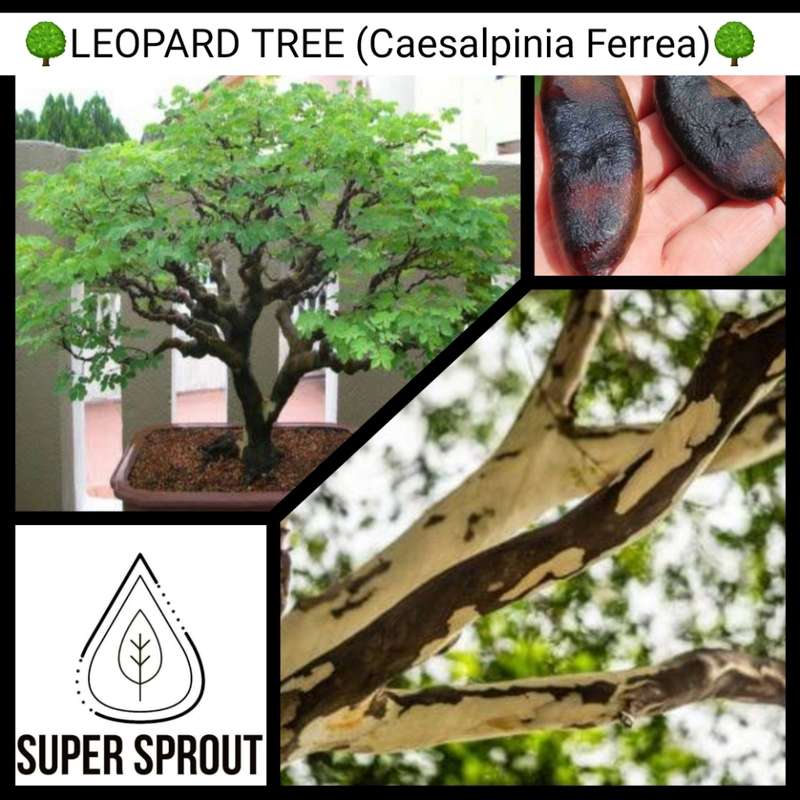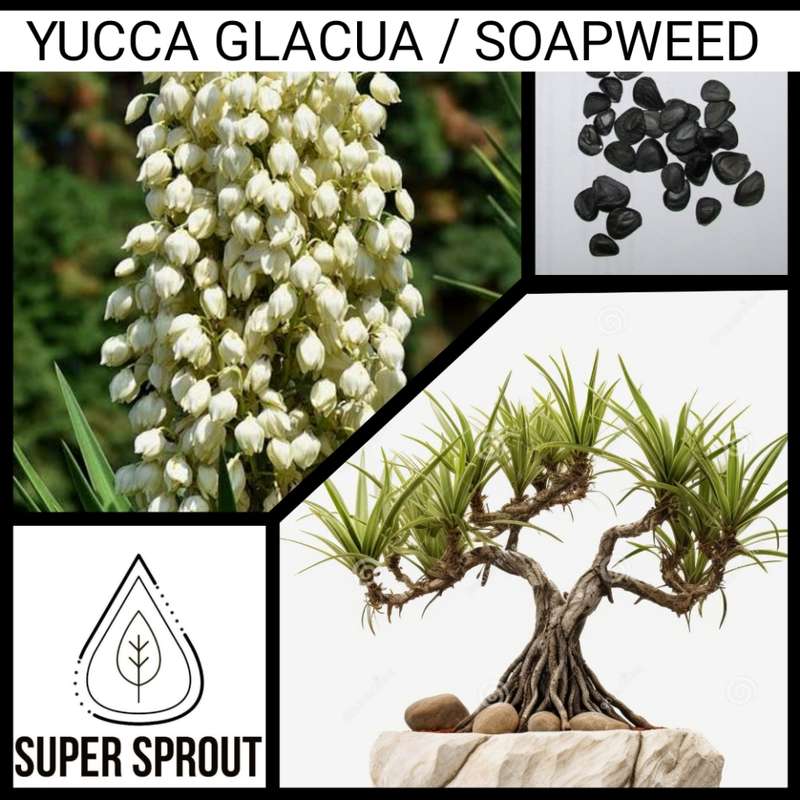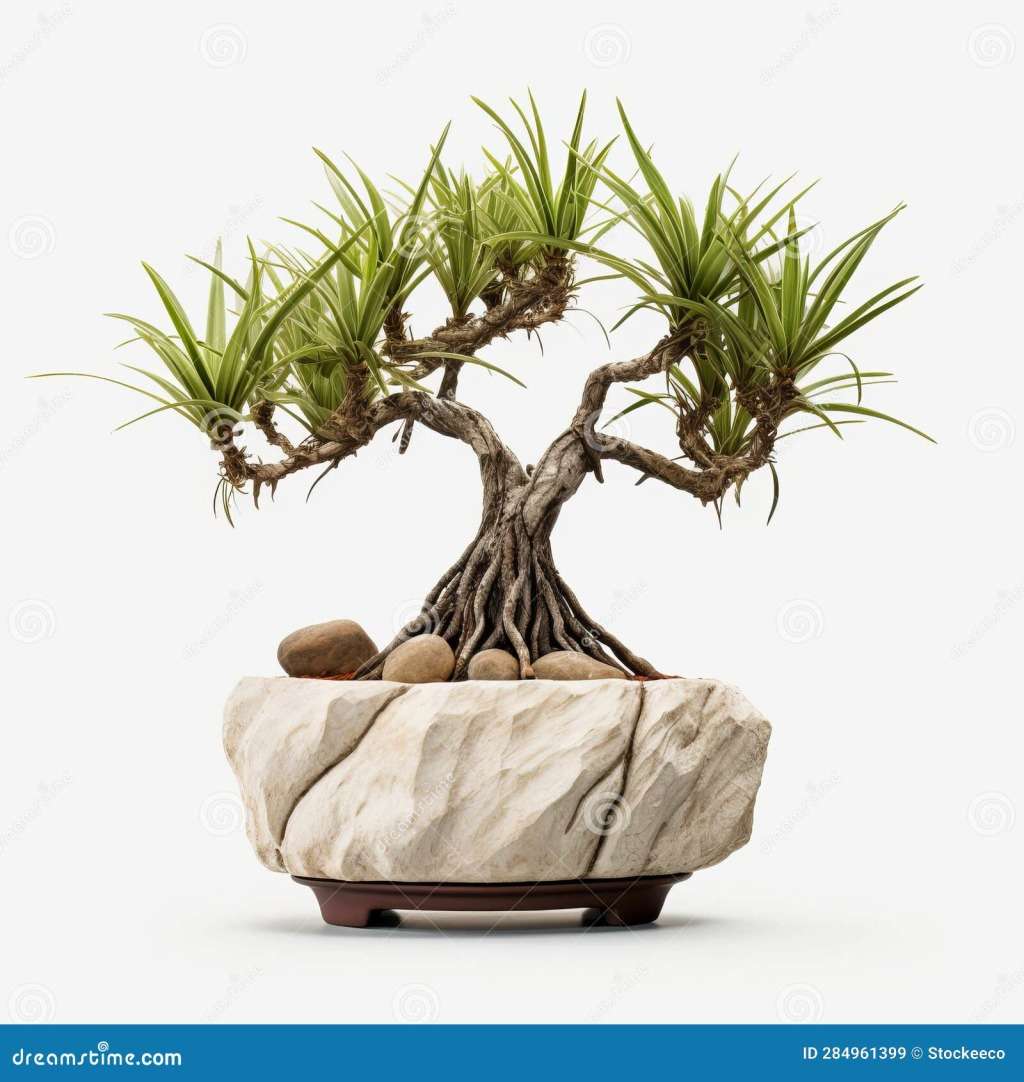Youll find the delicate Leopard Tree already showing lots of character as it stands with its pale, upright trunk in a 20-litre nursery bag. The rust-brown new leaves at the growth points of its many branches, and the mid-green, compound oval leaves further along the branches are attractive and delicate and it is plain to see that this tree is not going to provide deep shade. (This also means that you wont need to go searching for deep shade plants that battle to grow amongst tree roots.) The smooth bark exfoliates easily but incompletely, often leaving large dark brown patches against a light background the reason for the common name.
If you are in a nursery somewhere in Johannesburg or Cape Town, they might say that this is a slender tree with an unusual trunk, and that it is ideal for small gardens. This is because in moderate climates that experience light frost or dry summer climates, the leopard tree is not a giant Mother Nature stunts its growth. But be warned, if you plant it in Durban or the Lowveld, (its natural habitat is similar to our humid subtropics) the leopard tree grows to 15 m tall with an aggressive root system that mirrors the size of the tree above the ground.
Germination
Place the seed/s into a container of hot water +/- 60C, allow the water to cool.
Leave the seeds to soak for 24 hours.
When ready to sow, soak the peat pellet in water until it expands fully.
Place the seed into the centre of the expanded peat pellet (as per step 2 & 3 of the printed instructions included) no more than the height of the seed deep.
Place the peat pellet onto a tray or plate, and place the tray in a warm, bright area, like a window sill, to germinate.
Water daily to ensure that the growing medium remains moist
Once germination has occurred and the primary leaves have sprouted, you can transplant the entire pellet into the pot provided.
Place potting soil or growing medium into the pots and carefully place the peat pellet into the medium, keeping the top of the pellet exposed.
Set it in a sheltered area e.g. a covered patio with morning sun or a window sill with morning sun.
Continue to water as necessary to keep the soil moist, not saturated.
Note that the seeds could take up to 4 months to germinate.








